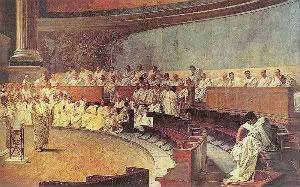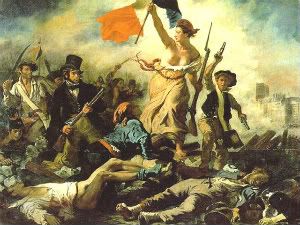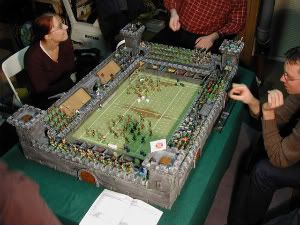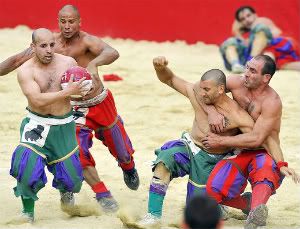Or the other way around.
Role-players are usually comfortable with the idea that the characters can be physically dissimilar to players. We do not blink when the character being played by a weakling bends iron bars or lifts boulders, or when the character played by a clutz nimbly disassembles a deadly trap, or when the player who is never completely well rolls up a character with a constitution of 18. The dissimilarity of the characters and the players is enforced by the way in which physical characteristics are bound into the mechanics of the game.
Characteristics such as wisdom, intelligence, and charisma – personality and cognitive characteristics – seem to present many role-players with a problem. They are often not tied so strongly into the mechanics of the game. They might determine how many spells you can learn or cast, or offer slight modifiers to reaction rolls, but their effects are not felt in the mundane mechanics of the average role-play session. Complicating this is the feeling that the activities that might be covered by these characteristics ought to be the proper domain of role-playing, not dice rolling. When a player says that his character will attempt to throw a goblin over a wall, a GM will ask the player to roll some dice. The GM will not ask for a demonstration. When a player says that his character will negotiate with a goblin, a GM will often ask the player to role-play this negotiation.

While Steve couldn't string two words together, never mind an argument, his character (Wis 17, Int 17, Chr 17) could speak like Cicero.
Role-players are usually comfortable with the idea that the characters can be physically dissimilar to players. We do not blink when the character being played by a weakling bends iron bars or lifts boulders, or when the character played by a clutz nimbly disassembles a deadly trap, or when the player who is never completely well rolls up a character with a constitution of 18. The dissimilarity of the characters and the players is enforced by the way in which physical characteristics are bound into the mechanics of the game.
Characteristics such as wisdom, intelligence, and charisma – personality and cognitive characteristics – seem to present many role-players with a problem. They are often not tied so strongly into the mechanics of the game. They might determine how many spells you can learn or cast, or offer slight modifiers to reaction rolls, but their effects are not felt in the mundane mechanics of the average role-play session. Complicating this is the feeling that the activities that might be covered by these characteristics ought to be the proper domain of role-playing, not dice rolling. When a player says that his character will attempt to throw a goblin over a wall, a GM will ask the player to roll some dice. The GM will not ask for a demonstration. When a player says that his character will negotiate with a goblin, a GM will often ask the player to role-play this negotiation.

While Steve couldn't string two words together, never mind an argument, his character (Wis 17, Int 17, Chr 17) could speak like Cicero.
I want to protect characteristics such as wisdom, intelligence, and charisma from being ‘stat dumps’ by giving them more mechanical prominence in a game. But I want to do this without cutting the role-play aspect of role-playing games. That said, a clever player, playing a D&D character with intelligence of 7, who solves puzzles, engages in complex negotiations, and the like, is no more playing a role-playing game than one who devolves everything to a characteristic test. A combination of characteristic tests and skill tests, modified GM judgement of intrinsic difficulty and role-playing decisions is the best way forward, I feel. A player might make an impassioned speech when negotiating with the King of the Assassins, but if the character who is to be making the speech has a low charisma score that might not be quite what comes out of the characters mouth. We would not consider for a moment that there should be one to one translation from player action/stated intention to character action when dealing with questions of physical action. This is not just to hobble the characters of the clever, charismatic players, but to boost the characters of players who are not so quick witted or charismatic. Just as a weakling can play a Herculean hero, so can the shy player who stumbles over his words play the greatest demagogue in the Known World.








































































